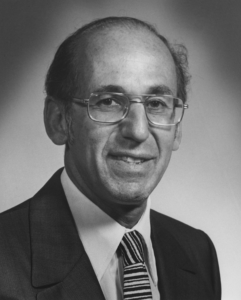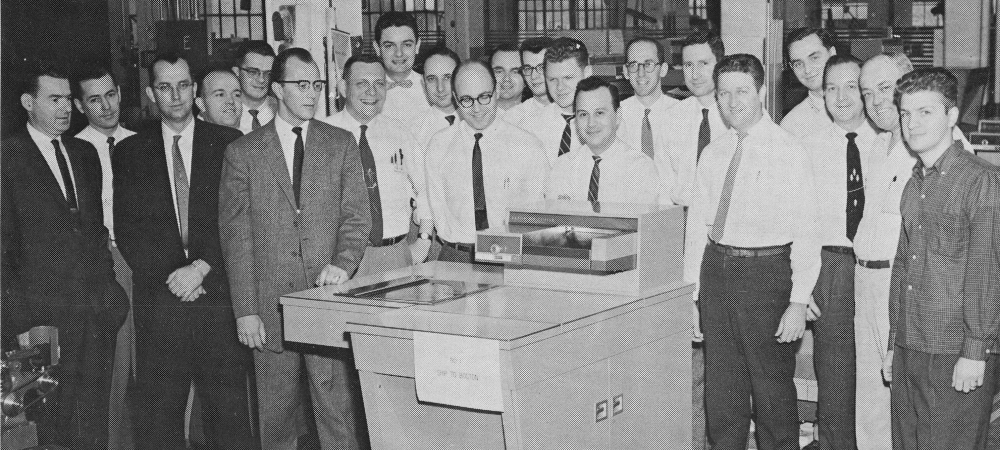By Gregory Pings
Terry: “‘How Inventive’ for twelve.”
Alex Trebek: “In 1959, this corporation introduced the first office copier based on Chester Carlson’s instant copying technique.”
Jill: “What is Xerox?”
So went an exchange on Jeopardy! on Thursday evening (June 13), and Jill advanced her score by $1,200.
ARVE Error: Mode: lazyload not available (ARVE Pro not active?), switching to normal mode
There’s a ton of history behind the Jeopardy! answer and its accompanying question. It begins with Chester Carlson’s 1938 invention that was later described by former head of Xerox research and engineering John Dessauer as “the billions nobody wanted.” The story of Xerox and our then-flagship 914 Copier referenced in the Jeopardy! question is a very long (and nail-biting) story of genius, vision and more than little dumb luck.
So here’s some more history and trivia about Xerox.
Horace Becker was among the engineers who labored on the 914 and brought Chester Carlson’s invention from concept to marketable product. By the time Becker retired in 1988, he was a vice president and chief engineer as well as a corporate officer and a member of the Fuji Xerox Board of Directors. I interviewed him in 2009. Becker was loud, gruff, more than little obscene, and he told it the way it was – with an embellished dash of humor.
The link to the article that resulted from my interview is no longer available, but an edited excerpt for your entertainment and education follows.

A blast from the past juices the present
Horace Becker is unforgettable.
The arc of his career follows the growth of our company, as well as the expansion of our product portfolio.
Horace Becker died in 2013, and he will be missed, not only because of his contributions, but because his stories and insights are as informative as they are entertaining. They contain an incredible mixture of fact and fiction.
If not fiction, then an interesting proximity of facts. The result is an indelible lesson.
What did Joe Wilson see in that box?
Horace was not present when Haloid president Joe Wilson saw a demonstration of xerography at the Battelle Memorial Institute in Columbus, Ohio, in 1947. (Haloid changed its name to Xerox in 1959.) Becker tells this story of that fateful day nonetheless:
“Joe took an outside lawyer, Sol Linowitz, with him. Xerography was nothing more than a process, so what Joe saw was a bunch of crap in a wooden cigar box. After the demonstration, Joe exclaimed: ‘That’s it!’ Sol replied with disbelief: ‘That’s it?’ Joe instructed Sol to draw up the contract that would grant Haloid the right to develop this technology.
“Why Joe saw a future in that box, I’ll never know.”
Embellishment and truth
I’m pretty sure the xerography demonstration was never in a wooden cigar box. But to determine which of these details has been embellished is to miss the forest for the trees. This story, like so many others from the early days, underscores the vital underpinnings of a successful business person – vision, faith, and courage foremost among them.
I sure do miss that guy.
Learn more
The story of the struggle and the ultimate success to bring xerography to market is well-documented – if you will pardon the pun.“Copies in Seconds”
by David Owen
(Simon & Schuster Paperbacks)“Joe Wilson and the Creation of Xerox”
by Charles D. Ellis
(John Wiley & Sons, Inc.)“The Story of Xerography”
(Xerox Corporation)



